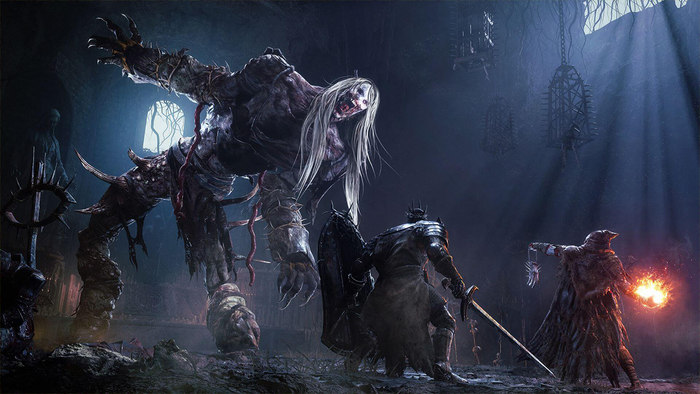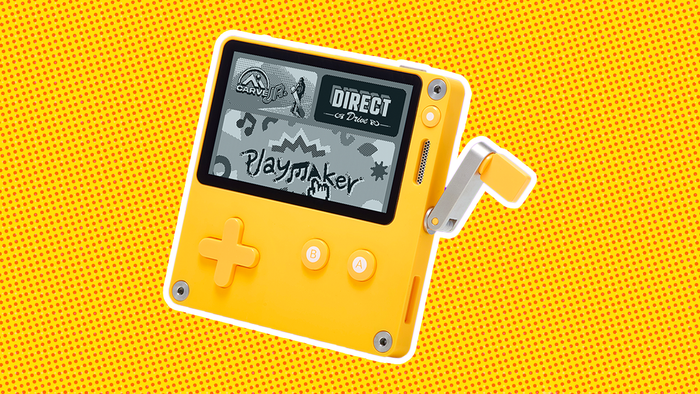Creative director of Mountains Ken Wong delivers a postmortem of the studio's debut game, Florence.

"When I started Mountains, I didn’t have a particular kind of game I wanted to make," began creative director Ken Wong of Mountains, the studio behind Florence, during GDC 2019 this afternoon.
With a new studio and a publishing deal worked out with Annapurna Interactive, Wong wasn't sure what sort of game would make the most sense for the team to develop first. "I think it’s valid to find the idea organically through a process of experimentation and discussion."
But Wong knew one thing he wanted to accomplish with the game from the start-- "I wanted to make an emotional impact."
Evolution
Florence took 22 months to develop, and it went through several iterations before the team nailed down a hard concept. Wong mentioned an early idea of having players move 3D jigsaw pieces around to solve puzzles that also served as a metaphor for relationships.
While that particular idea didn't stick, something else did. "What the team really honed in on was a relationship between two people," Wong said.
"The next 9 months were an uphill battle," he continued. 3D manipulation just wasn’t going to work out. "The third dimension wasn’t adding anything to the storytelling." 2D graphics were clearer, and so the direction changed.
“We struggled on how to make a good chapter for Florence. We spent 2 or 3 weeks creating a chapter prototype only to find out the emotion of the story wouldn’t come across.”
The team had to throw out a lot of code and art to start all over. Wong mentioned feeling disheartened, but his peers and publisher were supportive. Eventually things began to change. More and more levels started not to feel like jigsaw puzzles.
"We also let go of the idea of each chapter just being one mechanic," he added. "Each chapter became a container that could contain many mechanics. Sort of a mix between WarioWare and an interactive comic book."
Now Florence was a story of a relationship told through different touch mechanics.
Narrative
Then came the narrative. "Sometimes not being a fan of something can be an advantage,” he said, referencing how narrative games aren’t actually his cup of tea. “Sometimes an outsider is able to find a different way of doing things, perhaps something genre enthusiast might miss.”
When it came to casting the main characters of Florence, Wong said his initial instinct was to make them generic and devoid of any real characteristics.
"Making them generic might make them more accessible for a wider audience," he reasoned. "But I decided to fill the characters from experiences from my real life."
"Our couple happen to be people of color, of different faith, and children of immigrants— it’s mundane in Australia. Believe it or not we exist, have lives, and fall in love. It’s so normal but this representation is meaningful. We aren’t used to seeing these characters as central in our narratives."
Florence made heavy use of visual composition, color, and music to make up for a lack of dialogue. "It took us a long time to find the art style." But the team borrowed from comic books and took inspiration from zines.
When it came to figuring out the ending, Wong admitted that it was difficult. One version included Florence and Krrish meeting again by chance 30 years later. "I wrote this version of the story after a hard breakup," Wong said.
But it didn't feel right. “Florence felt like a real person to me, and I wanted the best for her. Her story shouldn’t end with a chance reunion with Krrish. It shouldn’t end with her meeting someone new either."
"It turns out, I needed to let go of this ending was so personal to me. This part of Florence’s life needed to end as it began— she needed to be by herself."
Interaction design
Wong noted that traditionalist game designers might say game mechanics should be about challenge and skill or choice and agency, and should be at least a few hours long. That wasn't the idea for Florence.
The mechanics in Florence were used to evoke a feeling or an idea. "Use whatever mechanics feel right for the story."
He went on to mention how the vignettes in the game were inspired by the works of Jenny Jiao Hsia and Nina Freeman.
"None of the mechanics [in Florence] are what you would call ‘deep’. In vignettes, it’s about evoking a similar feeling."
A lot of the small mechanics are metaphors for what’s going on emotionally for the players. "This is where the touch screen can be very powerful."
Revisiting mechanics were also a great way to show characters going through change.
Lessons
"I’m very proud of what our little game has accomplished," Wong said. But according to him, Florence only did sort of OK. It made its money back and a little more, but not to the point where Mountains could fund new projects without some help.
"If your business plan is based around premium mobile, it’s going to be tough," he added.
Wong shared how Florence also inspired other developers to create games similarly as well, either through its art, mechanics, or narrative design.
“I don’t feel possessive over any of the techniques or insights I’ve shared. If there’s anything in Florence that impacted you, use these narrative techniques as much as you like."
Read more about:
event gdcAbout the Author(s)
You May Also Like







